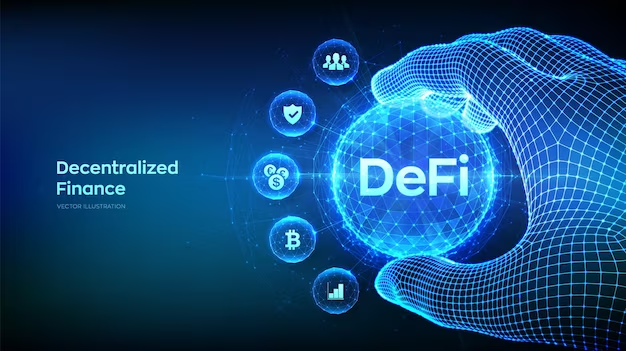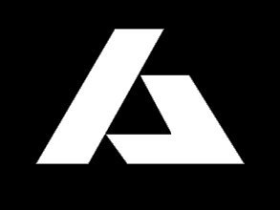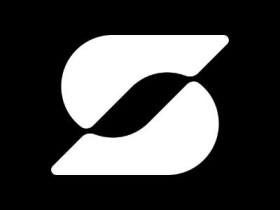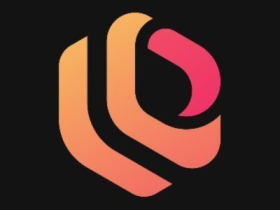The maxim “evolution is the solution to everything” also holds true in the world of finance. A system that is opaque, tightly regulated, and reliant on antiquated technology and procedures is replaced with DeFi, an open, global financial system designed for the internet era.
It offers you transparency and financial control. It also gives you access to foreign markets, currencies, and banking options that are unavailable in your home country. But “how?” is the question.
Thus, this DeFi tutorial will assist you in comprehending what DeFi is and how it works. You can investigate its significance and how it will change the current financial system with its assistance.
What is DeFi?
Decentralized Finance, or DeFi, is a brand-new financial system built on dispersed ledgers akin to those seen in cryptocurrencies. The capacity of banks and other organizations to control money, financial services, and products is taken away by the system. DeFi consists of three components: hardware, software, and stablecoins that facilitate application development.
Why Does DeFi Matter?
- DeFi builds on the fundamental idea of Bitcoin, which is digital money, to offer Wall Street a completely digital substitute without the added expenses.
- For everyone with an internet connection, this might lead to more transparent, unrestricted, and equitable financial markets.
DeFi’s instruments: Dapps & Smart Contracts
- Blockchain-based programs known as “smart contracts” have the ability to activate automatically in response to specific conditions being met.
- Developers may implement even more sophisticated functionality with smart contracts than merely sending and receiving bitcoin.
- Intelligent connections are used to construct decentralized applications, or dapps. Because they accomplish the same goal, Dapps and normal apps are the same.
- The main distinction is that they both operate on peer-to-peer networks, like blockchains, which suggest that no single organization is in control of the network.
How Does DeFi Operate?
Dapps, or Ethereum blockchain-based software programs, are the main way to access DeFi. It’s not necessary to register for an account or complete an application, unlike a regular bank.
The following are a few of the ways that people are now interacting with DeFi:
- Lending: Lending out your bitcoin can earn you money and benefits every minute, not just once a month.
- Obtaining a Loan: Even for short-term “flash loans” that traditional financial institutions won’t provide you, you can obtain a loan without having to immediately fill out documentation.
- Trading: Trade crypto assets amongst peers in a manner akin to that of buying and selling stocks direct from a broker.
Investing for the future: To get higher interest rates than a bank would give, allocate a portion of your cryptocurrency holdings to alternative savings accounts. - Purchasing Derivatives: Bet on various assets long or short. Think of them as the cryptocurrency version of futures or stock options.
Benefits and Drawbacks of DeFi
Benefits
- It is not necessary to register for an account or complete an application. You have to setup a wallet before you may gain access.
- You are free to move your assets whenever and wherever you choose, without waiting for lengthy transfers or paying astronomical fees.
- Interest rates and prizes can be significantly higher than those on regular Wall Street, and they are changed frequently—up to once every 15 seconds.
- The complete set of transactions is visible to all parties involved (private firms rarely give that type of transparency).
Drawbacks
- On the Ethereum blockchain, aggressive trading may become expensive due to varying transaction speeds.
- Depending on which dapps you use and how you use them, your investment may see significant volatility due to the novelty of this technology.
- For tax purposes, you have to maintain your own records and paperwork. Rules change based on your location.













Leave a Reply